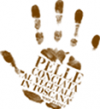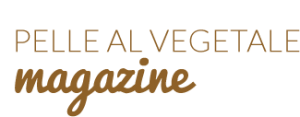I always thought that people start to write on a blog for two reasons: having something to tell, or being a little sick and tired of listening always to the same things from someone who has something to say. I’d like to tell rather than to say. It’s warmer, deeper and it’s able to create a peaceful atmosphere between speaker and listener . Telling our traditions, the life we have lived and the story of a leather that has no time but requires long time to be undestood. Telling that nothing, without tradition, experince and know-how, can be a high-quality product.
Showing that our leathers are created in our territory and they are closely tied to it. To our climate and our seasons, to the colors and the shapes of our landscape, to the strong personality of our characters. History, with our forefathers, has reshaped our Region making it aestethically unique and appointing it guardian of certain key components of human lifestyle like food, art, and culture. Our responsibility now is to spread culture. Any material of real quality needs to be explained, understood and interpreted in its many facets. There’s no quality without a culture of quality. And it’s hard for me to think about a culture of quality without a quality of life. We all need to return to think for ourselves and to enhance and communicate who we are and what we can do: the best leather craftsmen.
We’ll try to do this also because we’ve had enough of phenomenal fortune-tellers who, every new season and for a fee, reveal us with messianic language the new fashion trends and the guaranteed success of the article “Metropolitan-Vintage-Punk-Etno-Underground-Retrò” proposed in the color “Iris-Neon-Gull Wing-Reflection in Winter Sea“.
And more, we have no time to stand further the litany of “we need to work with big brands”, regarded until recently as the saviours of leather tradition. Most of them, in order to satisfy market requirements and standardise their products, will hardly use a natural and valued material like vacchetta. So, trying to meet their requirements – i.e. waterproof leather, that doesn’t change under the light, with a totally uniform surface to optimise the yield, etc. – we’ll end up all selling the same products, something similar to plastic.
Spreading the culture of a unique product like vegetable tanned leather will be certainly a hard task; explaining a leather where every single piece is different from the other will be hard; promoting the brand of twenty small artisan companies established in Tuscany since generations will be hard. It will be hard because it’s more difficult to fight for a way of life than to follow the trend. But we believe in it. And we’ll try.
Simone Remi, President of Genuine Italian Vegetable Tanned Leather Consortium


